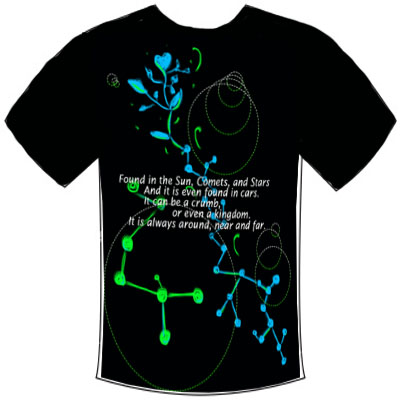Carbon is one of the most plentiful elements in the universe after hydrogen, helium, and oxygen (by mass). There is a lot of carbon in the Sun, stars, and comets. Because of this relatively short half-life, 14C is virtually absent in ancient rocks (half-life is the amount of time required to reduce a quantity by half). It develops in atmosphere at altitudes of 9–15 km by interaction of nitrogen with cosmic rays. Formation of the carbon atomic nucleus occurs within giant and supergiant stars in extreme temperatures, in a triple alpha process, a set of nuclear fusion reactions where three alpha particles (helium-4 nuclei) are transformed into carbon. The shortest-lived of isotope is 8C, which has a half-life of 1.98739×10−21 seconds (Barwinski, 2012).
Stars are spheres of plasma made of ionized molecules and atoms of gas, and consisting mainly from hydrogen and helium. Interstellar CO molecule is the most abundant molecule after hydrogen both in atomic or molecular form H2. The CO molecule is asymmetric and thus it radiates spectral lines easier to detect than hydrogen lines(Combes, 1991, p. 195). In astrophysics, it is commonly used tracer of molecular gas in the interstellar medium of galaxies and provides information about the molecular clouds in which stars emerge.
In 2012, carbon monoxide in the cosmos has been mapped for the first time (http://www.bbc.co.uk/news/science-environment-17027949) and the first map was made, of carbon monoxide in the cosmos. The Planck space telescope, which was designed to look at the background glow in the cosmos in an effort to understand how it formed, can help spot star-forming regions where carbon monoxide glows brightly.

